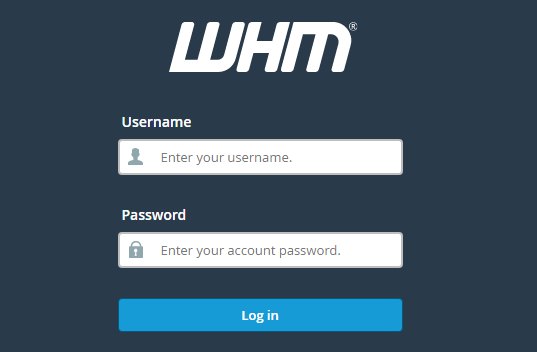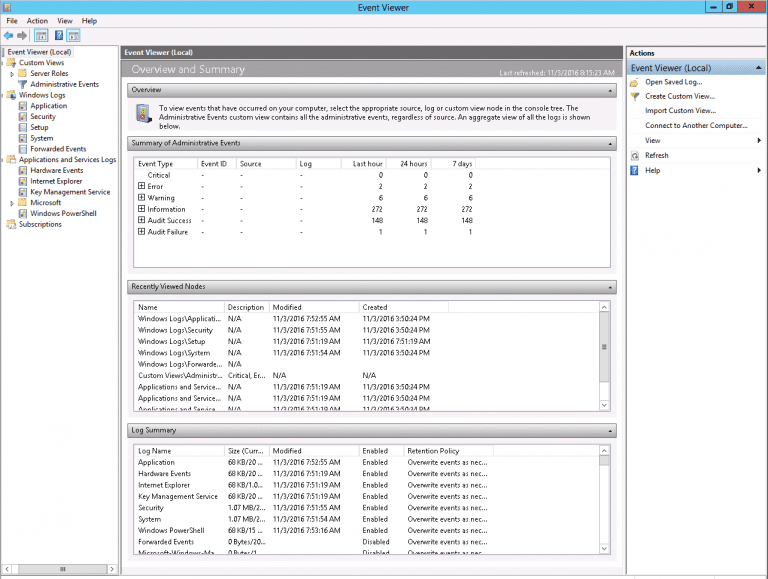
Learn how to securely download website backups to your Mac or Windows system using terminal tools like scp, rsync, and wget. Fix rsync: command not found, compare speeds, and get step-by-step commands for all platforms.
Introduction
Backing up your website is essential for security and disaster recovery. Whether you’re on macOS or Windows, you can use powerful command-line tools like scp, rsync, and wget to download your website backup directly from your server.
This guide covers:
-
Fixing the “rsync: command not found” error
-
How to download backups using
scp,rsync, orwget -
Which method is fastest and most secure
-
Examples that work for both Mac and Windows
Fix: “rsync: command not found on server”
If you’re trying to use rsync and see this error:
…it means the server does not have rsync installed — not your system.
How to Install rsync on Your Linux Server:
For Ubuntu / Debian:
For CentOS / AlmaLinux / RHEL:
For Rocky Linux:
You need root or sudo access on the server. If you’re on shared hosting, this may not be possible — use
scpinstead.
Method 1: Download Using scp (Best for macOS & Windows)
For macOS:
Open Terminal and run:
For Windows:
-
Install PuTTY or use PowerShell with OpenSSH (built into Windows 10+).
-
Then run:
Replace
username,your-server-ip, and file paths accordingly.
Secure, fast, and direct. No server-side setup required.
Method 2: Use rsync for Large or Interrupted Backups
Once installed on the server, rsync can resume interrupted transfers and handle large files efficiently.
macOS Command:
Windows Command:
Use WSL (Windows Subsystem for Linux) or Git Bash and run the same as macOS:
Supports resume with --partial flag:
Method 3: Use wget for Public Download Links
If your backup is accessible via a URL, use wget.
macOS:
Install wget via Homebrew if needed:
Then:
Windows:
Install wget via Chocolatey:
Then run:
Use only for trusted or private download links. Avoid keeping backups in public folders.
⚔️ Speed & Security Comparison: scp vs wget vs rsync
| Tool | Speed | Resume Support | Security | Best For |
|---|---|---|---|---|
scp |
⚡ Fast | ❌ No | ✅ SSH Encrypted | Server-to-local file copy (best) |
rsync |
⚡⚡ Very fast | ✅ Yes | ✅ SSH Encrypted | Large or unreliable connections |
wget |
⚠️ Can vary | ✅ Yes (via -c flag) |
✅ if HTTPS | Public URL downloads |
Winner for most users: scp – No setup needed, fast, and secure.
Pro Tips
-
Always test with a small file before transferring large backups.
-
Use
rsyncif you expect interruptions or slow networks. -
If you’re using WHM/cPanel, generate the backup and use full path
/home/username/backup.tar.gz.
Conclusion
Downloading website backups doesn’t have to be complicated. Whether you’re on macOS or Windows, scp is your most reliable method, while rsync adds advanced resume and speed options. And for simple public links, wget does the job.
Ensure you have SSH access and know your backup file’s location, and you’ll be able to manage backups confidently right from your terminal or command prompt.
Do you need cheap and affordable web hosting check out hoganhost.com.ng




